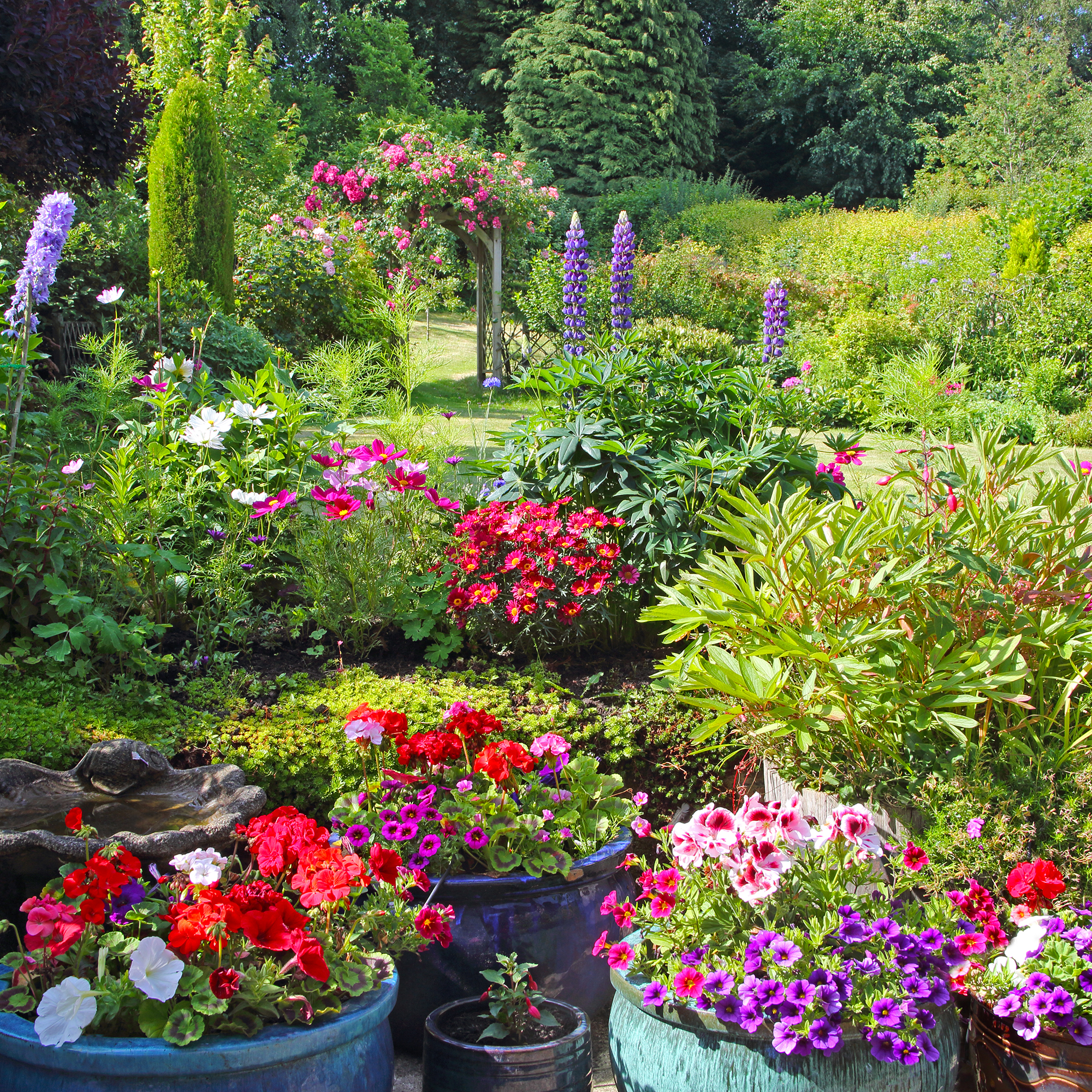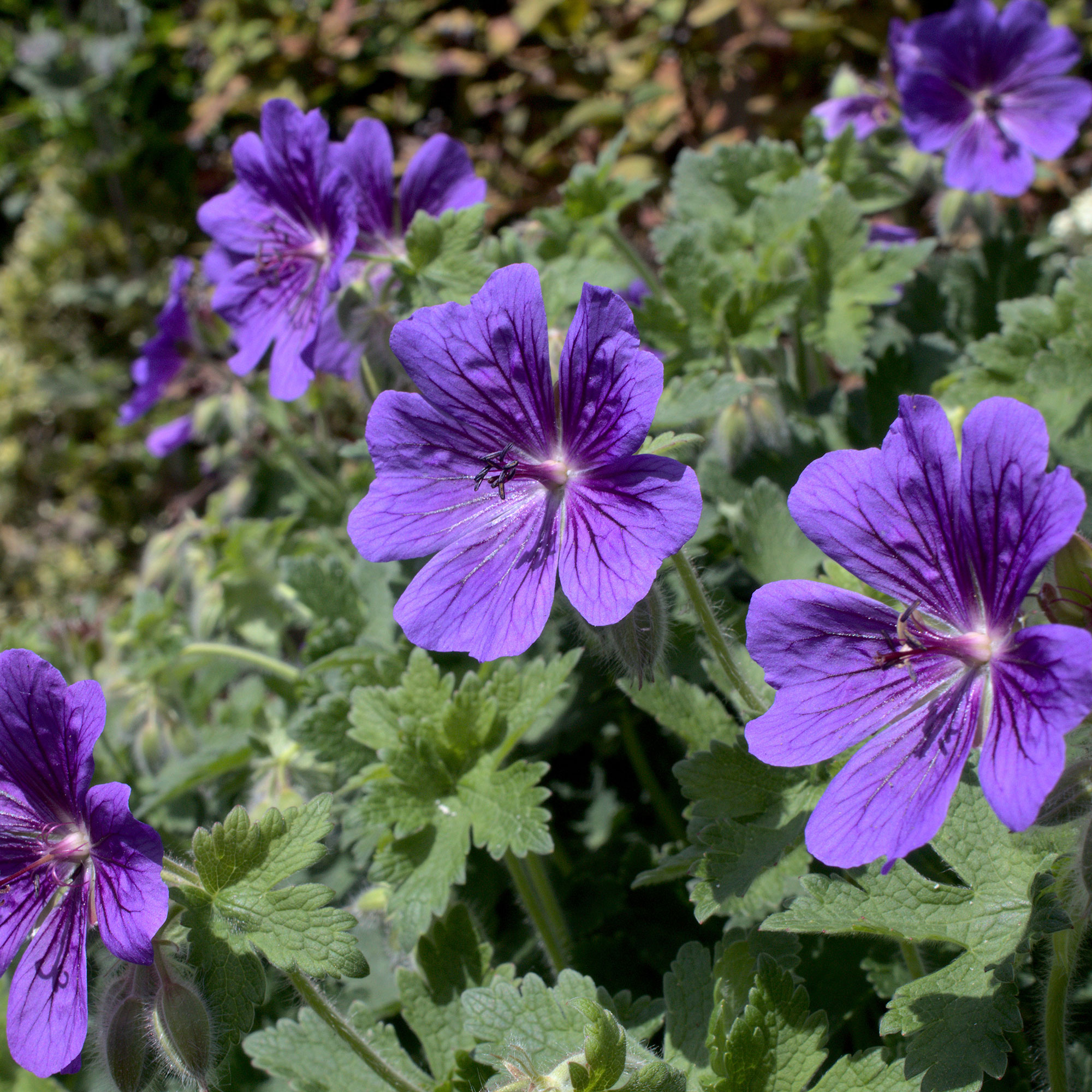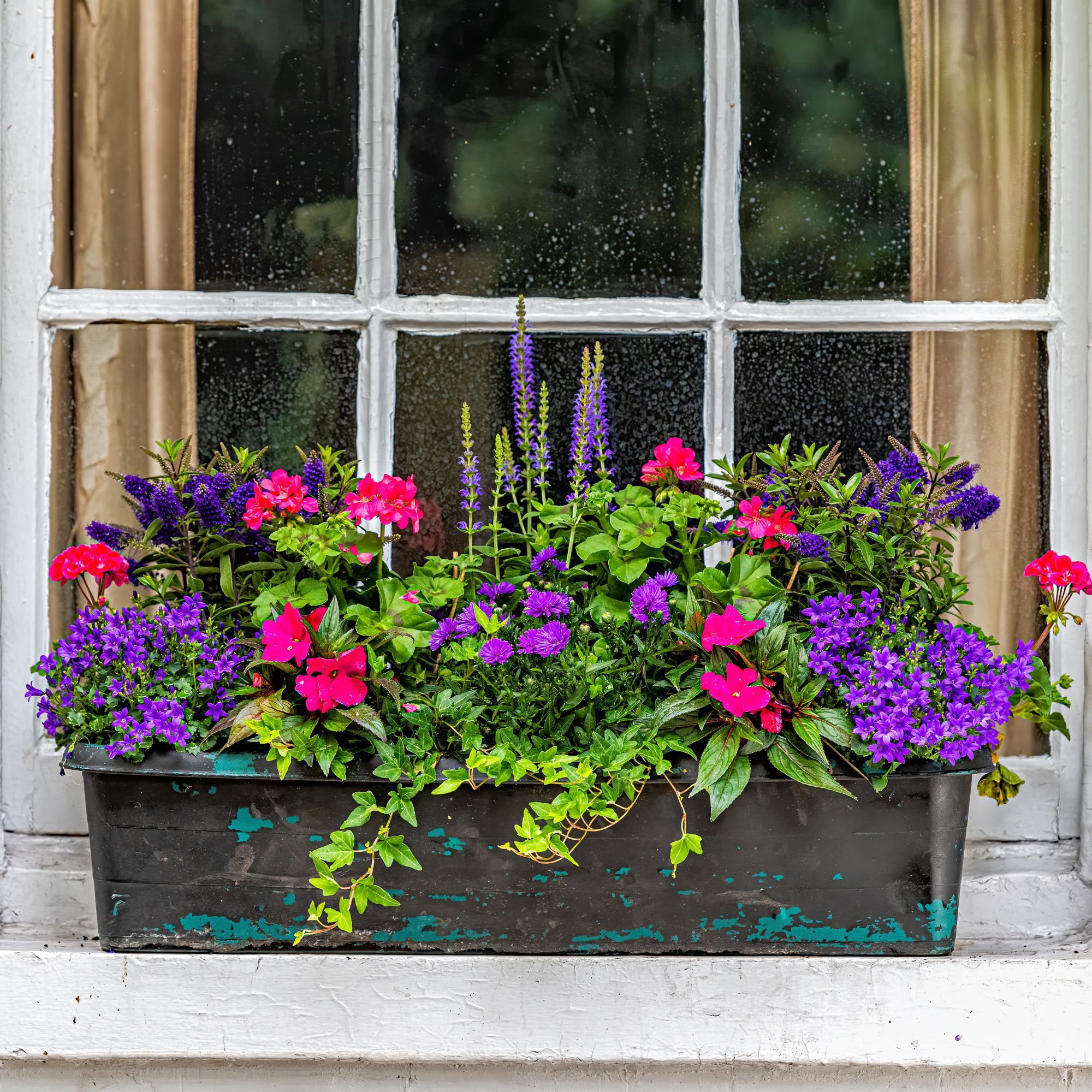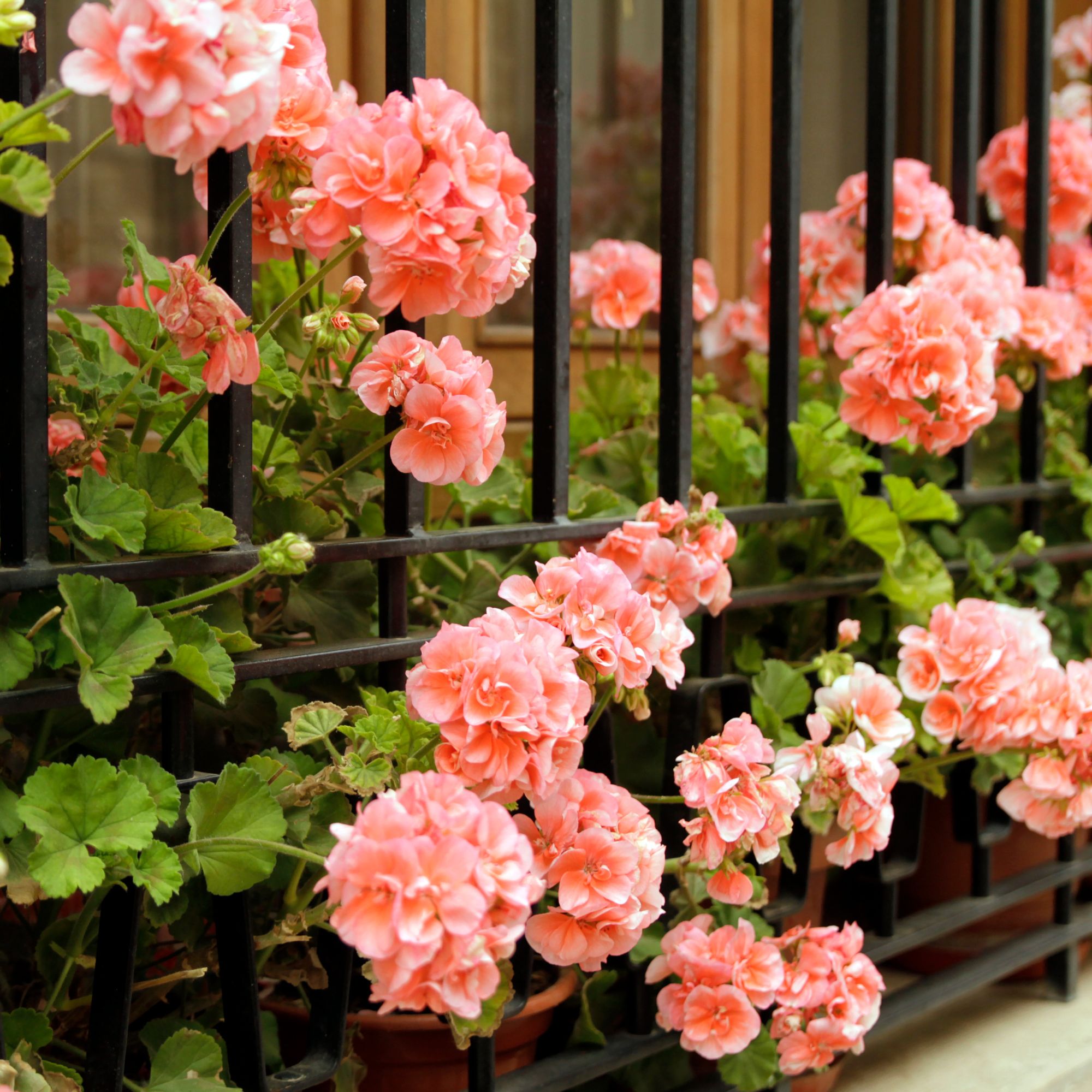
Want to know how to deadhead geraniums? You’re asking yourselves exactly the right question. Especially if you’re hoping for a second flush of flowers this year.
Yes, nothing compares to the vibrancy and versatility of geraniums. These hardy perennials will successfully fill out your garden borders with colour while simultaneously warding off slugs and even serving as some of the best flowers for raised garden beds. Plus, they’re extremely low maintenance… as long as you deadhead them.
Although deadheading geraniums is one of the only tasks you really need to have on your geranium to-do list, it’s important to do this properly if you want to extend their blooming period and encourage growth for next year. Thankfully, we’ve got all of the info you need to know.
How to deadhead geraniums
If you’re familiar with deadheading roses and other flowers, then you might already think that you know how to deadhead geraniums. But we’ve spoken to the experts, and they’ve shared some very specific top tips for deadheading geraniums that may not have been on your radar.
What you'll need
No green-fingered gardener would be complete without a pair of gardening gloves, and this attractive pair are super lightweight and breathable and offer impressive grip to keep your secateurs steady.
You can't deadhead geraniums when you don't have any geraniums in the garden, and this set of 10 plants will fill your garden with dazzling red, pink, and white blooms.
Small enough to get into your geraniums, these snippers have been designed for precise picking, harvesting, and deadheading. Plus, they'll match your gardening gloves
Step-by-step

1. Understand the reason why
It’s easy to get scissor-happy when you notice spent flowers in the garden. And while it’s important to deadhead certain flowers when they start to wilt and fade, there are also many plants in the garden that you shouldn’t deadhead - and the last thing you want to do is make any deadheading mistakes.
So, should you deadhead geraniums? The answer is yes, but part and parcel of deadheading these dainty perennials is also understanding why you should deadhead geraniums.
'Deadheading older flower heads means the plant won’t go to seed and will continually produce more flowers until the first frosts,' explains Morris Hankinson, director of Hopes Grove Nurseries.
Yes, deadheading geraniums prevents the plant from going to seed and wasting necessary energy, which could be used for another flush of flowers or bigger growth next year.
By deadheading as soon as you spot the flowers start to fade, you can allow the plant to conserve this energy and use it elsewhere.

2. Choose the right time
When you know why you should deadhead geraniums, you then need to ask yourself: When should you deadhead geraniums? Well, this all depends on the plant itself.
‘As with other flowers, you should wait until flowers are fully spent and have died back themselves,' explains John Clifford, garden expert at Gardenstone.
Geraniums typically bloom between May and October, but the exact time will depend on weather conditions, where the geraniums are planted, and the variety of geraniums you have in your garden.
The individual flowers of the geranium plant don’t all bloom and fade simultaneously, either. They typically come and go in waves, which means you should watch for them throughout this flowering season and work on a flower-by-flower basis.
3. Locate the dead flowers
Of course, you probably don’t need us to tell you that you shouldn’t deadhead geranium flowers that are still alive and blooming. But if you’re unsure when to deadhead geraniums, the easiest thing to do is locate a single flower and inspect the colour.
If the bright geranium colour has faded to brown, there are missing petals, and it looks extremely dry, the dead flower is ready to be removed from the rest of the plant.

4. Snip the stem
Although you can simply pinch off the dead flower between your finger and thumb, most experts would suggest using secateurs or snippers to deadhead geraniums. Just make sure that you clean your garden tools before undertaking this task.
‘Take some sharp and clean pruners (or just use your hands!), and snap off the flower where its stem comes into contact with the main branch/stem of the plant,' advises John. 'You should be able to feel a bumpy node, which marks the joint between the flower stem and the main plant stem. If you're using your hands, you should just be able to twist it off pretty easily.’
Then, repeat this process every time you spot the faded geranium flowers to keep the plant healthy and conserve energy. You never know; you might even be able to encourage a second flush.
And if you choose to overwinter your geraniums instead of treating them like an annual, you should find that regular deadheading makes a huge difference to the size and quality of flowers next year.
FAQs
Do all geraniums need to be deadheaded?
Yes, it’s generally advised that every type of geranium should be deadheaded. And while you may find that some geraniums lose their petals of their own accord, it’s still a good idea to snip or pinch off the remaining part of the flowerhead to ensure the plant isn’t wasting any energy.
This is extremely easy to do, and you should always deadhead geraniums as soon as you notice the brown, wilted blooms.
How do you keep geraniums blooming?
Geraniums are pretty low-maintenance, but they require certain things to bloom for as long as possible. They are:
- Regular deadheading.
- 4-6 hours of sunlight a day.
- Well-draining soil.
- Regular watering.
- Fertiliser application once a year.
If you give geraniums what they want, they should reward you with beautiful blooms that keep coming back year after year.
Now you know how to deadhead geraniums, it’s time to grab the snippers…







